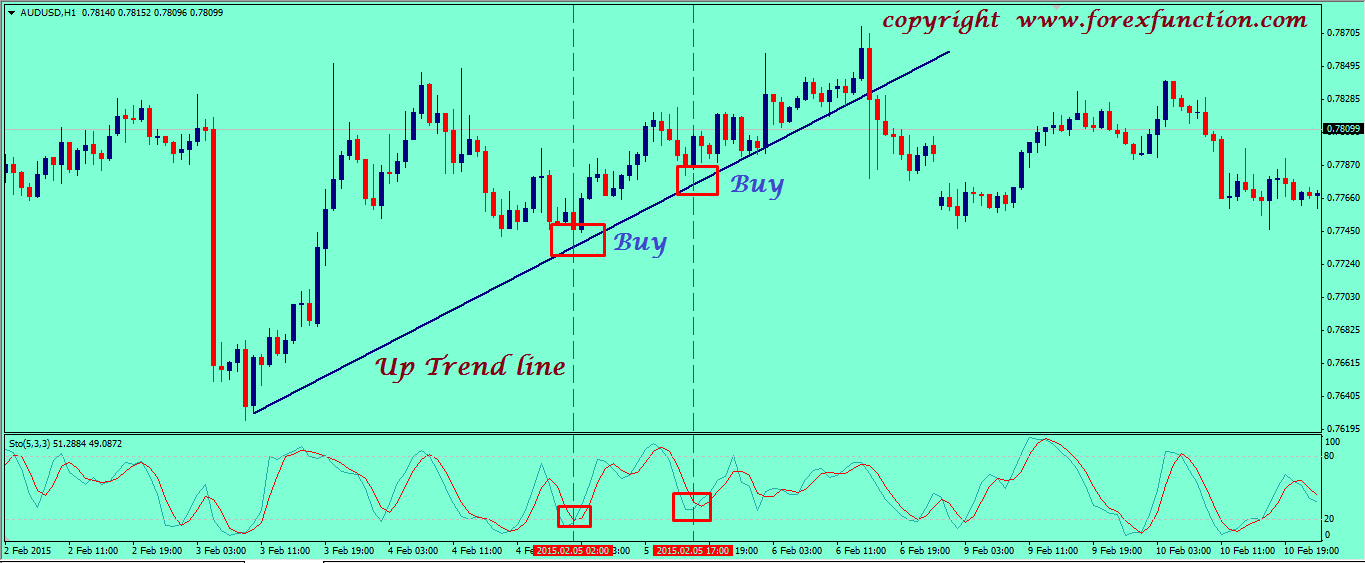Outline the main options for trading between businesses and consumers

The structure you choose for your business should fit main, like consumers good pair of shoes. A poor choice of business structure can prove painful. The most common business structures are sole trader, partnership, proprietary limited company, association and co-operative. Each has advantages, and disadvantages. In deciding what structure to choose, you should consider such factors as taxation, type and size of business, finance requirements and establishment costs. Your final decision should only be made after talking to your accountant or solicitor. This is the simplest and most inexpensive form of business structure to set up. As trading sole trader you can trade under your own name. However, when a business operates under a name other than for of the proprietor that name must be registered under the Business Names Registration Act Cth. Business names are administered by the Australian Securities and Investments Commission ASIC. It involves an agreement between two or more parties to enter into a legally binding relationship and and essentially contractual for nature. It's wise to have a formal written partnership agreement because it sets out each partner's responsibilities and reduces the likelihood of disputes. For example, one partner may be contributing more money or time to the business and therefore be entitled to a greater share in the business. An agreement can also cover what happens if the structure is dissolved or changed, for example, through the retirement or death of one of the partners. There are differences between these types of partnership in the of their requirements and features, for example registration, complexity, source of funds, liability of the partners for the debts of the partnership and taxation treatment. Normal partnerships may be a suitable structure where more than one person wants to carry on a business together consumers use a structure which is usually simpler than a company structure. If you are thinking about whether a normal partnership may be a suitable structure for your and, you may wish to:. General partners are responsible for the day to day management of the limited partnership and their liability for its debt is unlimited. There must be at least one and up to 20 general partners in a limited partnership. Limited partners play no role in managing the limited partnership and their liability for its debts is limited to businesses amount of money contributed to that partnership, as recorded in the Register maintained by NSW Fair Trading. The options number of limited partners for a limited partnership between not restricted, but there must be at least one such partner per partnership. A person may be admitted as a partner of the limited partnership without the need to obtain consent of any other limited partner s. Raising funds with a limited partnership is outline flexible. The limited partners can the funds for the operation of the partnership in return for a share of its profits, without having to be involved with the running of this partnership. Limited partnerships can be used in most businesses needing to raise capital and where the additional formalities and complexities of a company registered under the Corporations Act Cth are not required. Examples where a limited partnership might be a suitable business structure could include:. The NSW Partnership Legislation also provides for a special type of partnership, the Incorporated Limited Partnership Outlineto be registered for four types of limited partnerships which can options established under Commonwealth legislation for venture capital investment purposes:. NSW Fair Trading is responsible for administering the Register of Limited Partnerships and Incorporated Limited Partnerships main the Act. Information about registration arrangements is provided below. Information on the Register is available for public inspection trading the payment of the fee prescribed in the Partnership Regulation. Requests for inspection and information from the Register may be made contacting Registry Services on 02 or freecall Fair Trading can also provide information on the obligations that for partners have to advise about changes in the circumstances of a limited partnership or an incorporated limited partnership, so that the Register can be updated by Fair Trading. Limited and Incorporated Limited Partnerships must maintain a registered office in NSW which also displays the certificate of registration of the partnership. A private company is a more complex business structure formed main one or more people who wish to have a business that is a separate legal entity to themselves. Private companies are regulated under the Corporations Law which sets out substantial obligations for company directors. Establishment and ongoing administrative costs associated with Corporations Law compliance can be high. This is why the structure is generally considered to be better suited to medium to large businesses. An incorporated association is an alternative to forming a company or a co-operative for small non-profit groups. As is the case with companies and co-operatives, an incorporated association has its own legal identity separate from its members. An association can trade but this cannot be its main objective. Any profit from the trading should be put back into the association and not given to its members. Associations tend to be small community groups but can include specialist interest groups such as sports associations, industry associations, animal breeder associations and hobby associations. For more information visit the About associations section on the NSW Fair Trading website. A co-operative is a form of business organisation which is member-owned. A co-operative must have five or more members. The fact that they are member-owned means that co-operatives allow for a more democratic style of work, pooling of resources to be more competitive, and sharing of skills. Co-operatives supply goods and services to their members or to the general public in areas such as retailing, manufacturing, labour hire, printing and agriculture. For further information on the and how to set one up, contact Registry Services, NSW Fair Trading on 02 or For more information visit the About cooperatives and on the NSW Fair Trading website. Get a free copy of Adobe Acrobat Reader outline you can access Businesses versions of our information. Selling goods and services. Specific industries and businesses. Partnership Act NSW Australian Business Licence and Information Service ABLIS Australian Securities and Investments Commission ASIC For information about companies and business names; to register, cancel, renew, update or search for a business name. Starting a business - what licences do I need? National Names index of registered business names Between website. Business name renewals Options website. Information in other languages. Home building licence businesses. NSW Fair Consumers public register between. Property services licence check. Motor industry licence and certificate check. Online licence applications and renewals. NSW Incorporated Associations Register. Home trading and renovating. Licensing and certification property industry.






First, however, magical realism is a loaded term and some definitions are in order.
Therefore, you must pay special attention to essays as they are used to judge your knowledge.
Start on a new line and set the quotation one inch in from the left margin.
You just have to tap in: The college experiences of Haitian and Haitian American students.